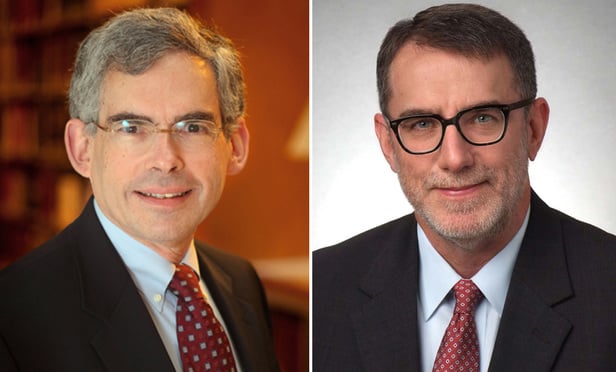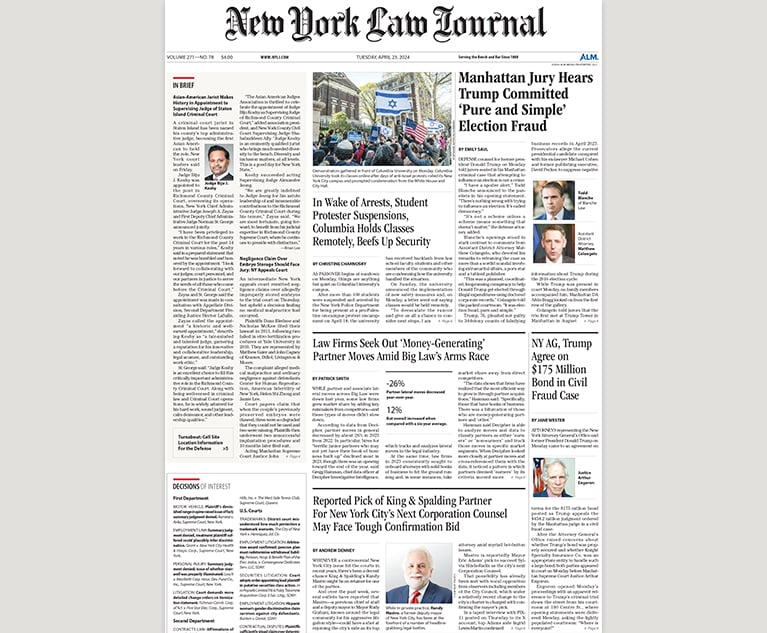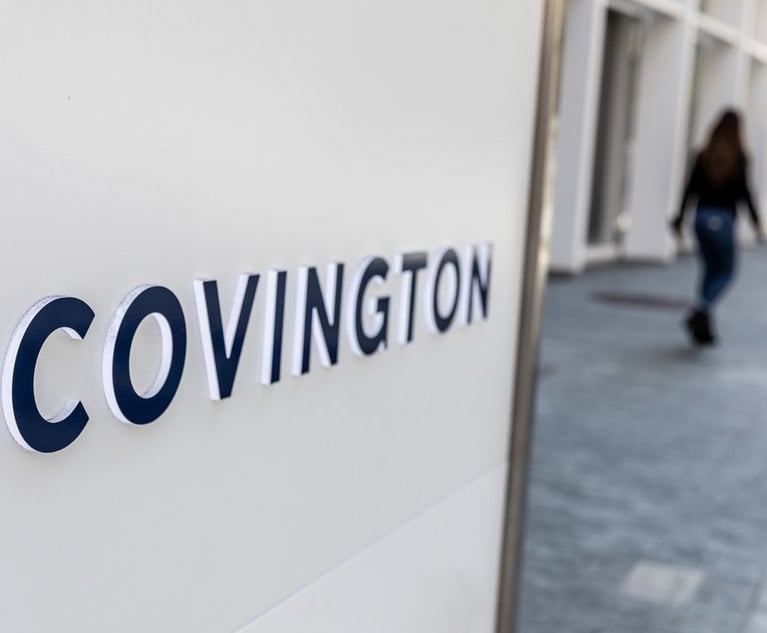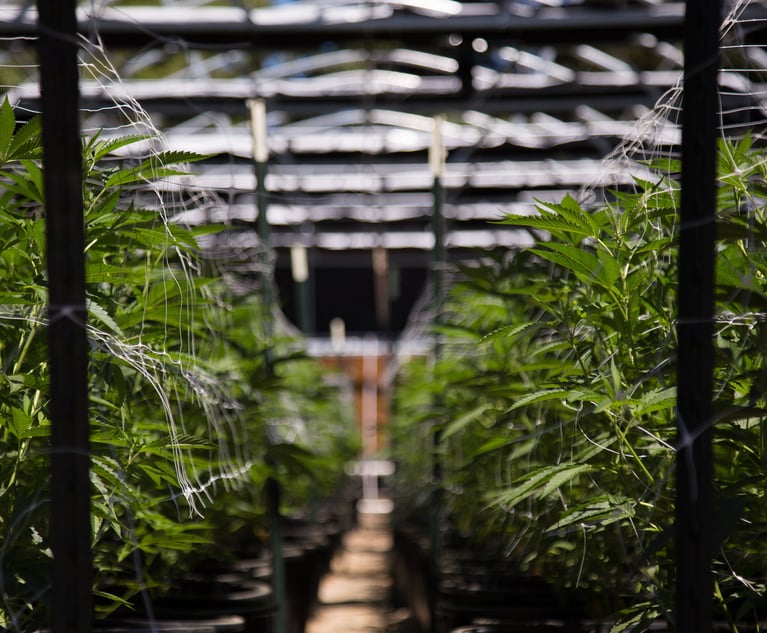The courts issued 41 decisions in 2017 under the State Environmental Quality Review Act (SEQRA). This annual review will summarize the most important of these, and the patterns they represent.
Revised Regulations
However, the most important SEQRA development in several years occurred on June 28, 2018, when the Department of Environmental Conservation (DEC) adopted the first major revisions to its SEQRA regulations in 20 years. The revisions, which have been in the works since at least 2012, do not amount to the comprehensive streamlining that some had hoped for or the gutting that some had feared. They make the scoping process mandatory (though it already is in New York City). They also expand the Type II list—the list of kinds of actions that never require an environmental impact statement (EIS). Among the new items on the list:
- Green infrastructure upgrades or retrofits;
- Installation of solar arrays on closed landfills, cleaned-up brownfield sites, wastewater treatment facilities, and sites zoned for industrial use, or solar canopies on residential and commercial parking facilities;
- Installation of solar arrays on an existing structure not listed on the National or State Register of Historic Places;
- Reuse of a residential or commercial structure, or structure containing mixed residential and commercial uses;
- Acquisition and dedication of parkland;
- Land transfers in connection with one, two or three family housing; and
- Construction and operation of certain anaerobic digesters at operating publicly owned landfills.


 Michael B. Gerrard and Edward McTiernan
Michael B. Gerrard and Edward McTiernan




